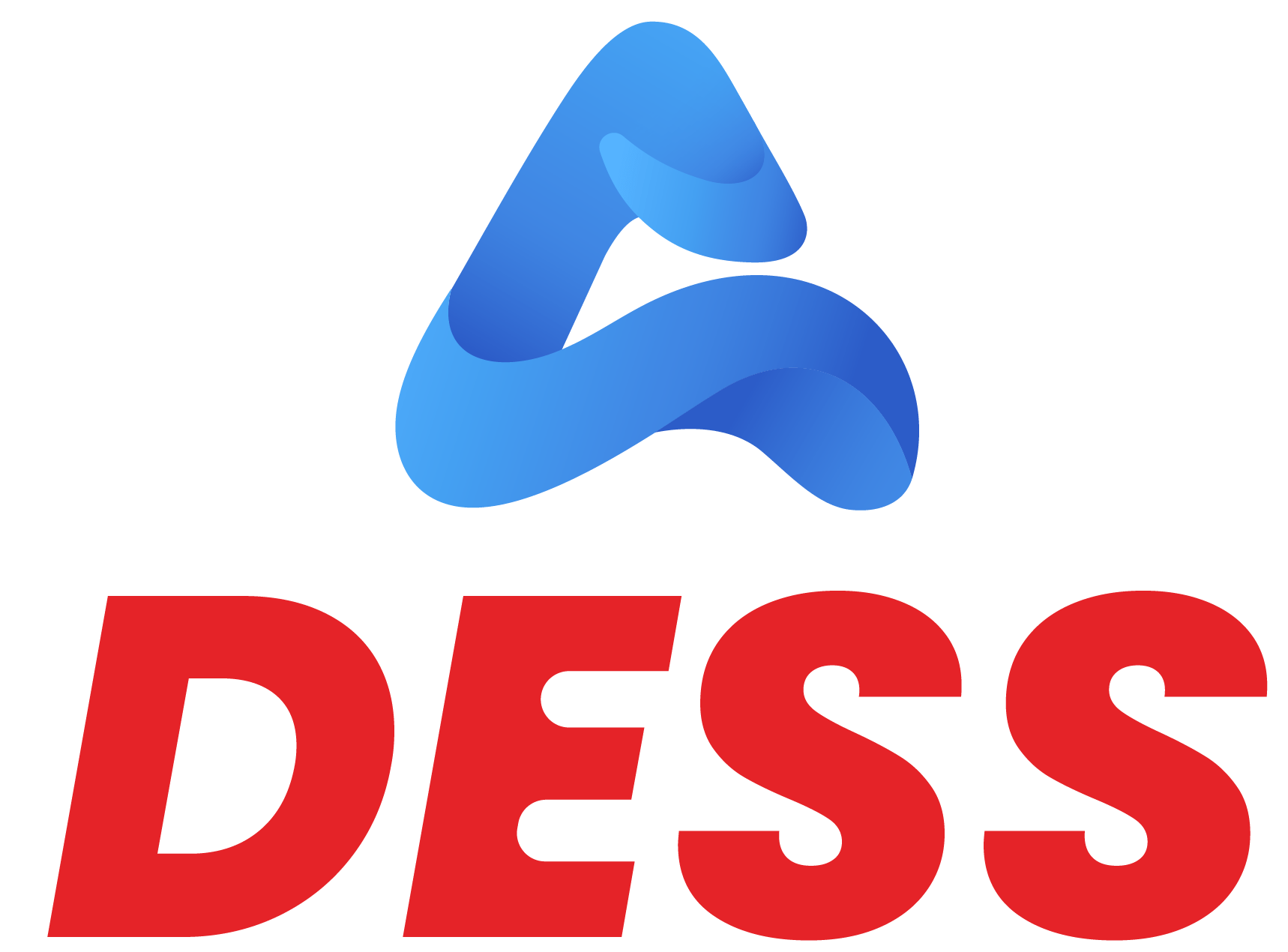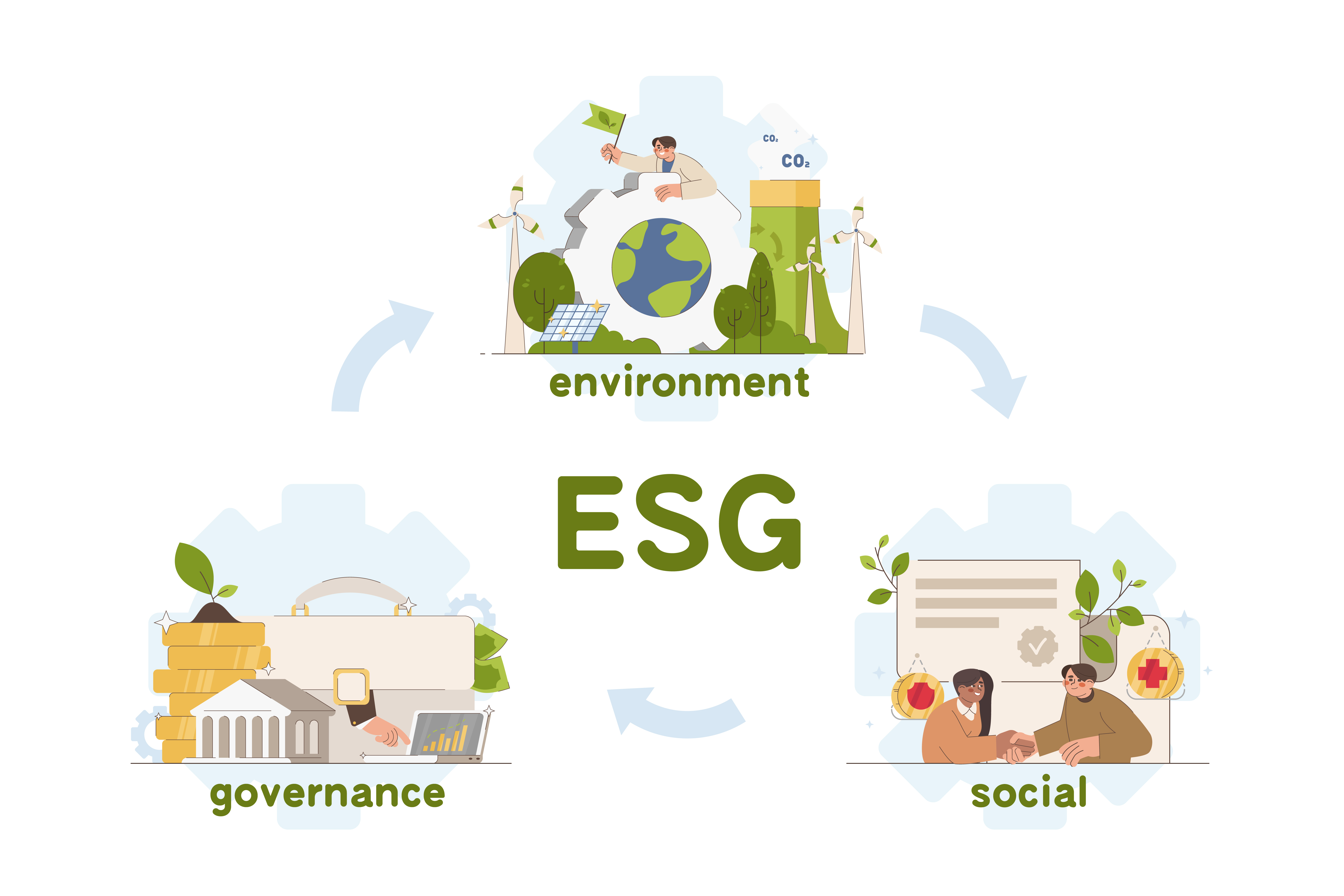Introduction:
Corporate governance describes the methods used to govern businesses and their goals. It indicates who is in charge, who is responsible, and who makes choices. In essence, it serves as a toolkit for management and the board of directors to deal with business challenges more skillfully as well as by maintaining compliance with the necessary regulations.
Additionally, corporate governance practices make sure that the board of directors have the proper controls and decision-making processes in place to balance the interests of all parties involved (shareholders, employees, suppliers, customers). The processes used to create and pursue a board’s goals in the context of the social, regulatory, and market environments are included in broader parts of corporate governance. It focuses on practices to try to ensure that a board is conducted in a way that it meets its goals and that stakeholders can feel confident in the ethics of the businesses.
The onus of maintaining corporate governance practices, especially at the board level, usually is with the designated corporate secretary (or company secretary) of an organization. As one of the key managerial personnel in most organizations, the Company Secretary leads the board’s governance procedures as well as the company’s compliance requirements. The Corporate Secretary also closely collaborates with the Board of Directors and leadership C-suite executives to organize and conduct board meetings in addition to committee meetings.
The impact of a Company Secretary:
As a Corporate Benefactor:
In compliance with varying regulations of different regions, a Company Secretary has specific duties such as company incorporation and compliances, timely management of regulatory certifications and audits, preparing and finalizing annual and quarterly reports, preparing meetings agenda and conducting board meetings, managing corporate restructurings and M&A, oversee shareholder voting and reporting procedures transparently among other disparate legal, financial and taxation matters.
As an Auditor:
In addition to a formal secretarial audit through practicing company secretaries, a corporate secretary can also be required to review and audit various different processes and documents, especially the ones pertaining to the audit committee. Such duties of the Company Secretary involve implementing procedures outlined in laws and legal regulations and maintaining compliance reporting which essentially helps maintain corporate compliance and adherence to the law.
Dess Board Portal Is a Valuable Tool for the Company Secretary
A Dess board portal is a board meeting software serves as a valuable resource for the Company secretary, streamlining their workflow and conserving both time and energy by efficiently digital board software and overseeing critical documents. It securely stores a diverse range of materials, including processes, meeting minutes, compliance documents, audits, directors’ and officers’ questionnaires, and more.
Given that Agenda management can often extend from 40 to 500 pages, a Dess board portal software is a complete corporate secretarial software that emerges as an indispensable asset. It not only amplifies the organizational capabilities of the company secretary but also eliminates the necessity for manual document replication and compilation. Moreover, it simplifies document retrieval and viewing on mobile devices, offering advantages to directors who cannot attend meetings in person.
Tips to help prepare for board meetings
Encourage Collaboration:
Encouraging collaboration means enhanced and efficient engagement amongst as well as along with the board of directors. The first step towards efficient collaboration can be timely and articulate circulation of the meeting notice as well as the meeting agenda. This can help board of directors with ample time to prepare and contribute effectively through knowledgeable suggestions and ideas as well share feedback and modifications for the agenda before the board meeting takes place.
Consider this as an iterative process; the initial agenda you distribute might merely serve as a draft, by actively collecting input and valuable suggestions, the need for a ‘Changes to the Agenda’ section during the meeting itself diminishes significantly. Moreover, it enhances your comprehension of how members prioritize specific issues, their preferred timing for discussing new business, and when they may require breaks.
Articulate Content:
The agenda and other documents of board meetings software can be quite extensive and can cover many diverse and complex topics in detail. Therefore, it’s important to ensure that the agenda notes are articulate and comprehensive for easier understanding of the board of directors. Agenda items which have multiple annexure and attachments need to be communicated and placed properly to avoid confusion. With a robust board meetings solution like Dess Digital Meetings, agenda preparation can become seamless and complex structures of agendas including endless attachments and annexure can be communicated to board members easily.
Avoid Information Overload:
To make board meetings engaging, whether it’s a presentation of financial statements or a complex agenda, it’s essential to keep it concise and, occasionally, minimal in terms of the board information you incorporate. This might appear contradictory to the previous emphasis on being thorough, but they relate to each other. For example, including supplementary documents or attachments alongside the agenda, instead of overwhelming the agenda with them, is a practical approach. Achieving this balance will likely require some time and practice to refine. In our analysis, we have seen events with agendas of over 8,000 and 10,000 pages for each meeting, which can lead to an information overload for the board of directors.
Structure of Agendas:
Agenda management can be defined as the process of successfully planning, organising and disseminating the meeting agenda which ensures that all participants, including board of directors and leadership teams, are aware and up to date on the meeting’s topics. The structure of agendas can vary depending on the size of the board and the complexities of matters. A suggested structure of agendas can consist of (but not be limited to):
- Leave of Absence
- Call to Order and Appointment of Chairperson (if applicable)
- Minutes of Previous Meeting(s)
- Agenda Items for Noting
- Agenda Items for Approvals
- Agenda Items for Discussions
- Changes to the Agenda
- Reports
- Old Business
- New Business
- Comments, Remarks, & Other Business
- Date of Next Meeting and Adjournment
Logistics for Board Meetings
In the weeks leading up to the board meeting, the Company Secretary can have the added responsibilities of coordinating various different tasks related to the meeting. After making a final arrangement of all required reports and documents from various different departments, the Secretary must systematically distribute the board materials in compliance with regulatory deadlines. These materials should be sent out to board directors for their review through a digital board meetings software with the goal of ensuring that directors have the board meeting agenda not only for compliance reasons but also for their adequate assessment. The Company Secretary should also be able to accommodate modifications by board members and leadership teams, if any, after the nominal agenda items are circulated.
Managing Attendance:
Ideally, board directors should have already confirmed their attendance with the corporate secretary. However, in most cases, the corporate secretary may need to reach out to all or most directors to confirm their participation. This step is crucial because the board chair wouldn’t want to delay the meeting for a director who isn’t planning to attend.
Furthermore, it’s important to prepare a basic outline for the meeting minutes and ensure that any recording devices are ready for use. Secretaries can establish a simple outline or template for the board minutes in the digital board meetings software to simplify this task.
Documenting Minutes of Meetings:
Maintaining board meeting minutes is crucial for recording specific outcomes of meetings and is also a necessity as per compliance norms. A comprehensive set of minutes should ideally include the outcome of the previous meeting, planned activities and outline of the next set of agenda. A properly drafted set of minutes can help the board of directors with vital information and can also update members who have not been able to attend a meeting. Minutes of meetings can also contribute to ATRs (action taken reports) by capturing the main points, status and impact of different projects and tasks, which can then be compared with minutes from prior meetings.
The meeting minutes should also be drafted keeping in mind that the person in charge of different tasks are accurately assigned and recorded so that the performance is properly monitored. Maintaining time-stamp and schedule in the minutes can help monitor development over time while providing information on the tasks done. With an effective corporate secretary software like Dess, minutes of meetings can automatically be managed and maintained with an end-to-end minutes management utility.
Using a Board Meetings Solution:
The Dess Board Portal can serve as a valuable tool for meeting administrators, executive assistants and company secretaries. It can streamline meeting activities and bring all pre-meeting, during-meeting and post-meeting requirements in one place for board of directors as well as the company secretary. A proven solution like Dess can make it easy to prepare agenda from different departments and sources and include last-minute changes or table items easily. It can also help to prepare minutes of meetings automatically and digitize different activities such as circular resolutions, action-taken reports, board evaluation, secretarial registers among other areas. The solution also works offline and is compatible with all devices such as iOS, Android and Windows – making it seamlessly accessible for board members on-the-go.
About Dess:
Dess Digital Meetings is the world’s easiest-to-use board portal solution for paperless board and committee meetings. Leading organizations in over 25 countries prefer Dess as their choice for efficient and effective board management software.
Dess believes in enhancing the value of information globally by harnessing unstructured data to empower the right people at the right time using the right technology. With its group of highly competent and motivated people, it has implemented several first-of-its-kind solutions.
To know, please click here or write to [email protected]


